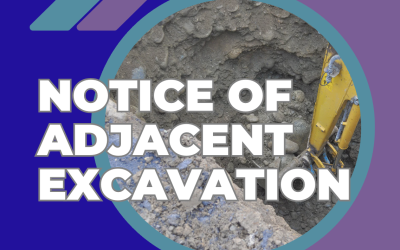Thank you for clicking on today’s Party Wall Surveying blog post topic. Through our blog posts, we aim to not only advise and inform both our clients and the general public on complex and tricky parts of the Surveying work that we do. We also aim to do this is a straightforward and easy to follow way, we understand simple facts are often a valuable insight!
In today’s blog post topic, we are going to be looking at one of the most common questions were asked as Party Wall Surveyors and specialists here at Stokemont.
This blog is written for those building owners or adjoining owners who want clarification on who pays for the party wall surveyor.
Under the Party Wall Act 1996, it is the building owner, the owner who is proposing for the works to be taken place, will incur the costs of the Party Wall Surveyors’ fees, as well as the procedure’s that follow.
These can include, however are not limited to; the schedule of condition report of the adjoining owner’s property and the Party Wall Award. This is also commonly referred to as a Party Wall Agreement.
For the avoidance of any doubt, the adjoining owner will not have to pay any of Party Wall Surveyors’ fees.
However, as with any Act, there are conditions and circumstances where this can differ. In some cases, the adjoining owner will incur some of the costs depending on the circumstances.
For example, if works are taking place on a defective shared garden wall (also known as a party fence wall), the demolishing and or repair of this wall would not only benefit the building owner, but it will also benefit the adjoining owner. This can be seen in section 11(4) party Wall Act ect 1996.
Where work is carried out in exercise of the right mentioned in section 2(2)(a), and the work is necessary on account of defect or want of repair of the structure or wall concerned, the expenses shall be defrayed by the building owner and the adjoining owner in such proportion as has regard to
(a) the use which the owners respectively make or may make of the structure or wall concerned; and
(b) responsibility for the defect or want of repair concerned, if more than one owner makes use of the structure or wall concerned.
If you’ve got any questions in respect of this blog post, or any of our other blog posts. Please feel free to get in touch with us today and we will be more than happy to assist and advise.
We’d also be happy to provide 30 minutes free no strings professional advice to any caller who wishes to get in touch. Why not take us up on this offer and we can discuss the neighbouring Party Wall plans, review Party Wall Notices, review project drawings or simply provide some general Party Wall Advice. Here at Stokemont, we’re very proud to provide this advice on a daily basis to multiple different callers. All you need to do is get in touch of us via our contact form on our website and we will be more than happy to advise.




